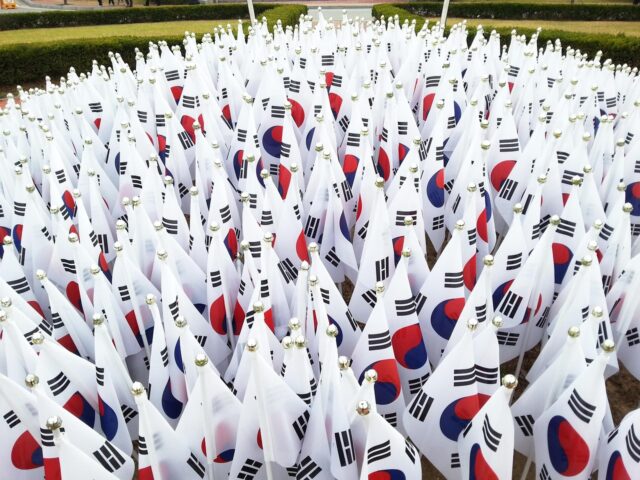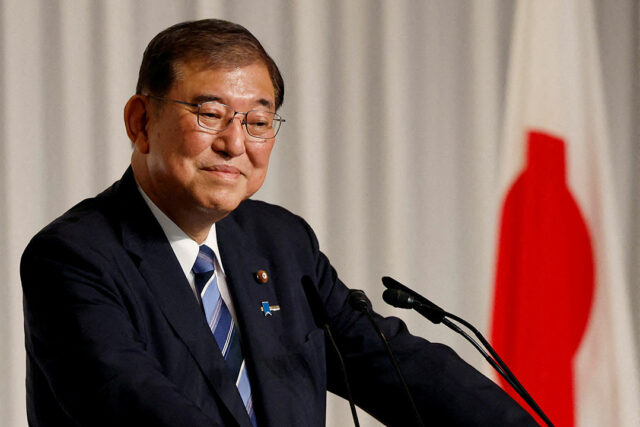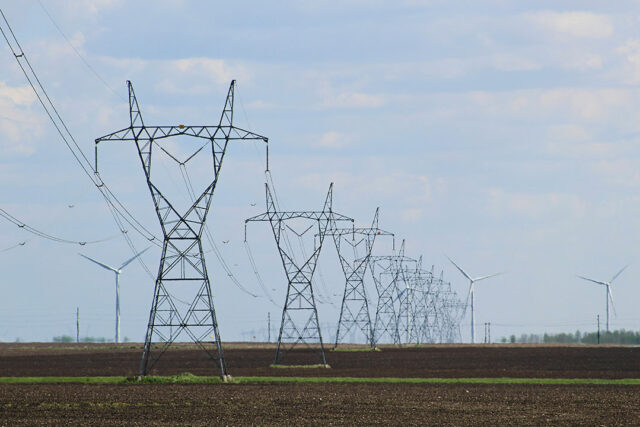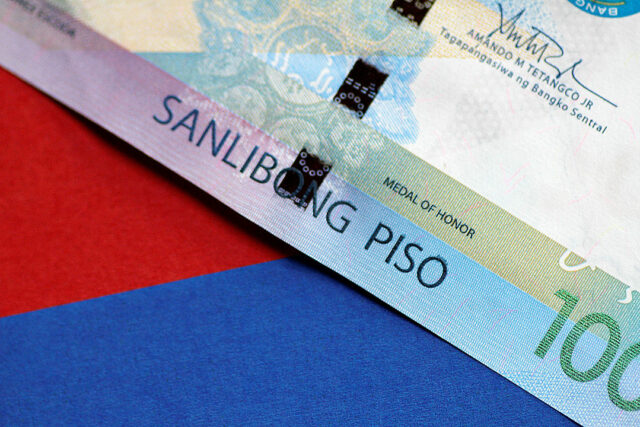THE PHILIPPINES’ services trade slumped in 2024 as exports grew at a much slower pace than imports, data from the Bangko Sentral ng Pilipinas (BSP) showed.
Preliminary central bank data showed the country’s trade in services fell by 19.8% to $14.58 billion in 2024 from $18.18 billion in 2023.
This as service exports rose by just 7.5% year on year to $51.98 billion from $48.33 billion compared with imports, which jumped by 24% to $37.4 billion from $30.15 billion.
Broken down, other business services accounted for the bulk of overall services, posting a $15.57-billion balance.
These include services related to research and development; professional and management consulting; and technical, trade-related and other business services.
This was followed by telecommunications, computer and information services ($5.93 billion), and manufacturing services on physical inputs owned by others ($4.91 billion)
On the other hand, shortfalls were recorded in transport services (-$3.87 billion), travel (-$3.04 billion), financial services (-$2 billion), and insurance and pension (-$1.91 billion).
The services industry is a key growth driver of the Philippine economy.
“This may reflect the higher base in services exports, especially BPO (business process outsourcing) revenues, given the sharp increase over the past 2 years or so, so mathematically growth already nearing GDP (gross domestic product) growth as a result,” Rizal Commercial Banking Corp. Chief Economist Michael L. Ricafort said.
Latest data from the Philippine Statistics Authority (PSA) showed that the services sector grew by 6.7% in the fourth quarter, slowing from 7.4% in the same period in 2023. It accounted for 62% of total GDP.
The IT and Business Process Association of the Philippines (IBPAP) said it booked $38 billion in revenue last year, 7% higher than $35.5 billion in 2023.
“The Philippines’ free trade agreements over the past 15 years and the more globalized services due to increased digitization including more online businesses as well as increased outsourcing may have increased services imports,” Mr. Ricafort said.
“This also may reflect increased competition for services, similar to merchandise, especially in terms of getting the lowest price possible in other countries.”
Service imports also saw an increase amid the “specialization of other developed countries where there is strict observance of intellectual property rights especially on technology solutions and other higher end of the supply chain for services.”
IBPAP also earlier said the Philippines should raise the value-added content of its offerings to minimize the impact of US protectionism.
“There is a need for the Philippines to develop higher end of the services supply chains such as having high-tech ecozones that would be similar to Silicon Valley to encourage local development of new startups that have the potential to become local industry giants,” Mr. Ricafort said.
The government must also find ways to “attract and retain local talent rather than being lost to overseas competition where there are opportunities for high-end service professionals especially for the tech sector.”
He also cited the need to harness and integrate artificial intelligence (AI) and machine learning in the sector.
Under the Philippine Development Plan, the government expects to book $48.15 billion in services exports this year.
CURRENT ACCOUNT
Meanwhile, latest data from the BSP showed the current account deficit (CAD) widened by 41.4% to $17.5 billion last year from the $12.39 billion in 2023.
This breached the $10.4-billion forecast set by the BSP for the year.
It also marked the second-largest current account deficit on record, after the $18.3-billion gap recorded in 2022.
This brought the CAD as a share of gross domestic product (GDP) to 3.8% in 2024, larger than the 2.8% ratio posted a year prior.
“The higher current account deficit emanated from lower net receipts in trade in services and a higher deficit in trade in goods,” the BSP said.
“However, this was offset partly by higher net receipts in the primary and secondary income accounts.”
In the fourth quarter alone, the current account deficit skyrocketed to $4.6 billion from $1.04 billion in the same quarter in 2023.
“The sharp widening of the CAD can be explained by the surge of imports of capital goods and energy, partly due to elevated oil prices and infrastructure-driven demand, while export growth remained weak, particularly in electronics,” Philippine Institute for Development Studies Senior Research Fellow John Paolo R. Rivera said.
“Sluggish global trade conditions and weak demand from key markets like China and the European Union also played a role,” he added.
Mr. Ricafort said the wider current account deficit reflects the trade deficit in 2024.
The country’s full-year trade balance grew by 3.1% year on year to a $54.21-billion deficit in 2024 from $52.59 billion a year ago, its widest trade gap in over two years.
“While BPO revenues and tourism receipts improved, the growth was not enough to offset the trade imbalance,” Mr. Rivera said.
“Transport and logistics costs remained elevated, impacting net services. Multinational firms repatriating profits and increased interest payments on external debt contributed to the larger deficit.”
For the coming months, the current account could be impacted by tariff policies by the United States, Mr. Ricafort said, which could “slow down global trade, investments, employment and overall global GDP growth.”
Markets are pricing in US President Donald J. Trump’s shifting tariff policies on its biggest trading partners, namely, China, Mexico and Canada. Proposals of a reciprocal tariff on all countries that tax US imports continue to loom over the markets.
“Exports could see moderate recovery, especially if global electronics demand picks up, but downside risks remain,” Mr. Rivera said.
“Remittances and BPO revenues are expected to continue supporting external accounts, but a strong peso could temper growth. The pace of import growth will be key if infrastructure spending remains aggressive and oil prices stay high, the deficit could remain elevated.”
This year, the central bank expects the current account deficit to reach $12.1 billion or 2.4% of economic output. — Luisa Maria Jacinta C. Jocson












